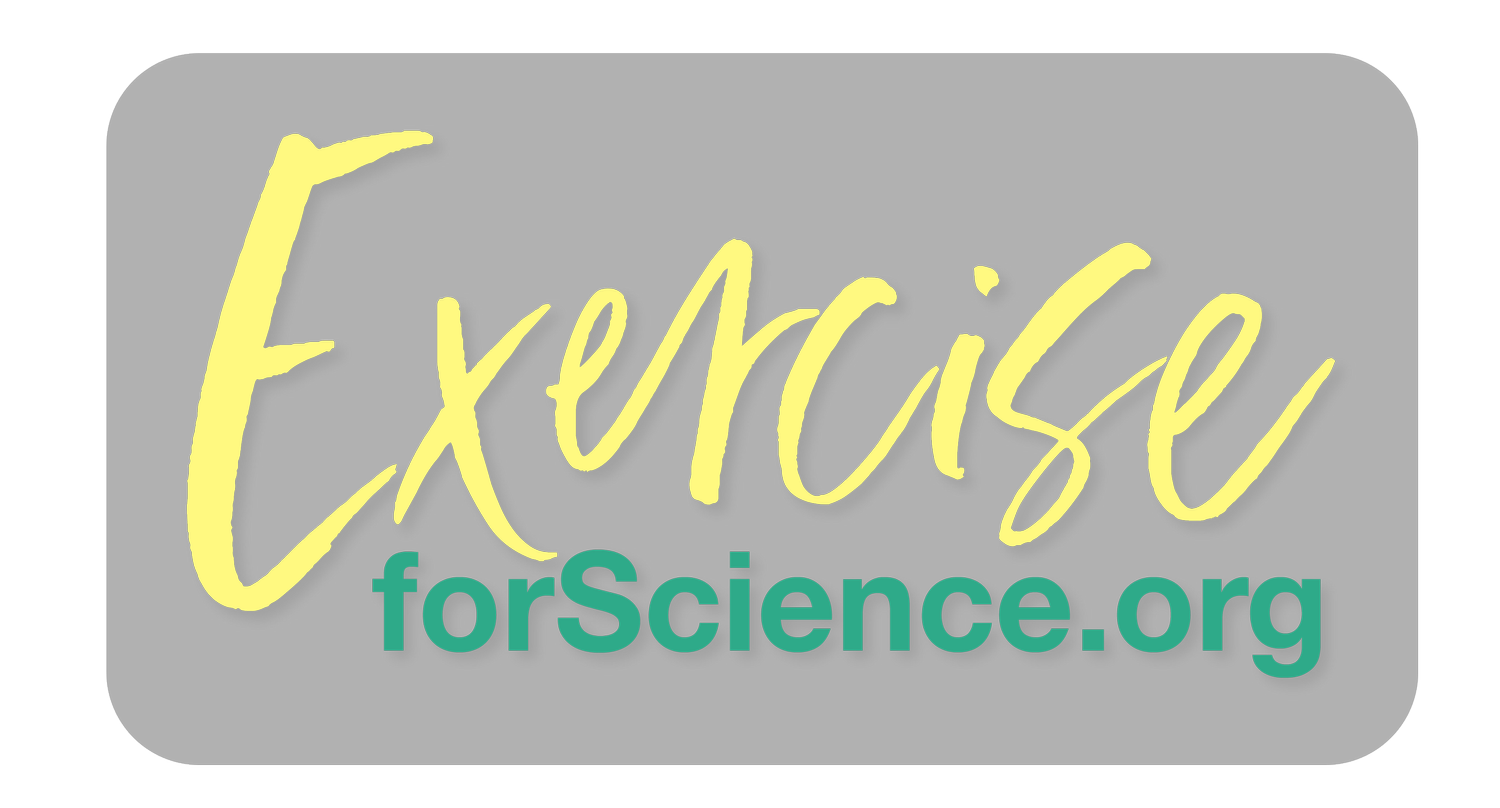The muscle factor: new findings challenge us all to think differently about how to keep our hips healthy.
With demands on hip surgeons ever increasing, a team of engineers and doctors is showing how stronger muscles could prevent millions more people from hip failure. Professor Alister Hart puts the case for the muscle factor.
“As I face demand for larger and more complex metal implants, I cannot help thinking we can do more to delay or avoid their use in the first place, by adopting more active, healthy lifestyles.”
Do you know just how brutally physical a hip operation can be? As an orthopaedic hip surgeon, I have to use scalpels, drills, reamers, power saws and brute force on a regular basis in-theatre. And how do we fix the new implant in place? ‘Press-fitting’ or ‘impacting’ are polite words for basically hammering a metal component into the bone. Cement and screws are often needed too.
And all for what? To treat hip joint arthritis, a disease that causes the loss of a mere 3mm-thick layer of cartilage coating the bone ends of our joints.
In the UK, 7,000 hip implants fail every year and need to be redone. That means a further round of surgery to remove the old implant and fit a new one. The replacement implant generally needs to be bigger than the failed one, as it must fix to undamaged bone to stay in place. It’s similar to how removing a tooth crown can cause the need for a tooth implant.
Some of the metal implants used to treat hip arthritis can be 30cm long and weigh several kilograms. They may be 3D printed from titanium powder to make strange and complex shapes.
Time for a rethink
As I face demand for larger, more complex metal implants, and see the predictions for doubling in the number of big redo hip implant operations over the next 20 years, I cannot help thinking that we need to delay or avoid the use of metal implants in the first place.
This is where the ‘Muscle Factor’ comes into play. As an orthopaedic surgeon, I’ve become increasingly involved with the science of muscle. I’m excited about the growing evidence to show that, by improving the walking, running and cycling muscles of our body, we can all help prevent hip and knee joint arthritis.
Why muscles matter
To function at their best, our joints absolutely depend on how well developed the muscles are that surround them. Coordinated muscle movement minimises the forces placed on the cartilage surface of the joint. The difference is very visible when compared to uncoordinated muscle movement.
This is particularly important for worn joints that have raw or bare areas of bone exposed due to loss of the cartilage coating — like a decaying tooth or an ulcer of the skin.
The benefits of exercise and physiotherapy are widely recognised for people with painful joints due to arthritis. We all understand the value of brushing our teeth to prevent decay and the need for fillings, crowns, or tooth implants. In the same way, keeping our muscles healthy and functioning is key to prevention deterioration of our joints. But there’s far more we can still learn about the Muscle Factor and how it can help us all.
Getting the whole picture
Until recently, scientific assessment of muscles has been fairly basic, involving external observation, recording the circumference of legs and arms and measuring their ability to lift weights. Use of MRI and ultrasound scanning has been fairly limited.
But we’re beginning to apply a whole range of technologies together with MRI to build up a far more complete and detailed picture of muscle. It’s now possible us to measure the exact size and content of individual muscles around the back, hips, and knees for large numbers of people. Automation has cut the time required to analyse hip walking muscles from two days to 20 minutes.
Also previously, most available data on muscles has tended to come from patients, which of course doesn’t provide a rounded view of joint and muscle health across the population. But through a highly successful programme of campaigns in partnership with various interest-based communities, we’ve managed to engage large numbers of volunteers for muscle measurement.
So for the first time, we’re building a comprehensive library of MRI scans that enable meaningful comparison of muscle health across a wide range of demographics and lifestyles.
With these studies we’re building the evidence to support a far more sustainable, preventative approach to joint health across the population.



